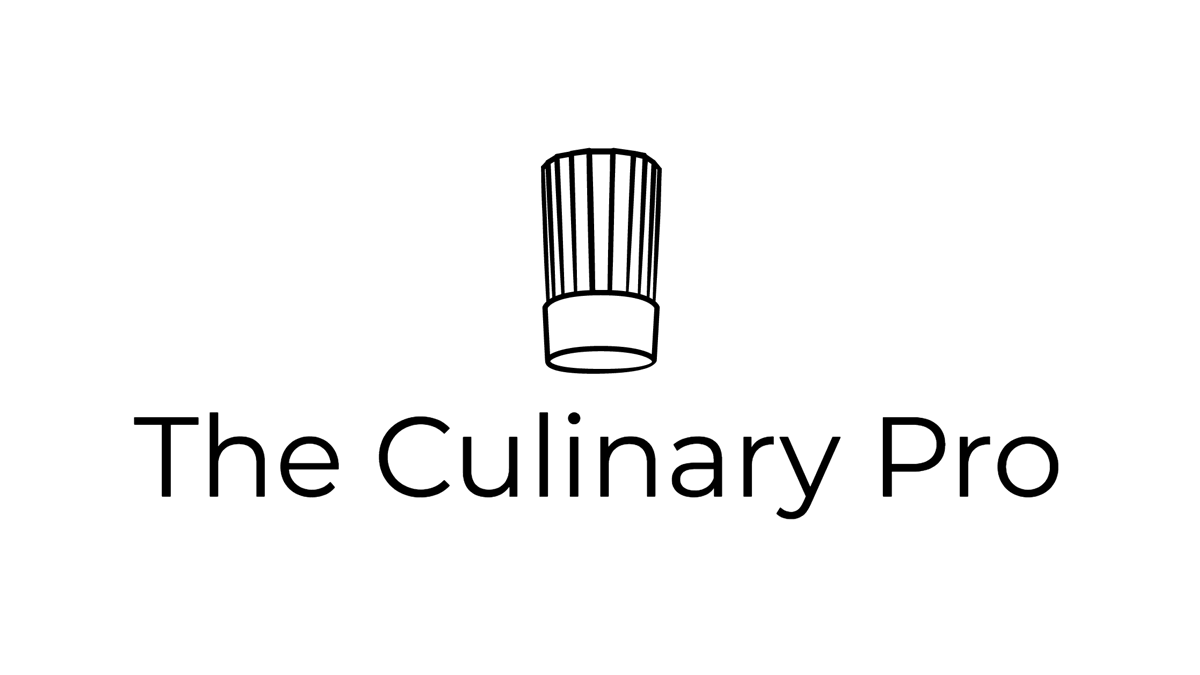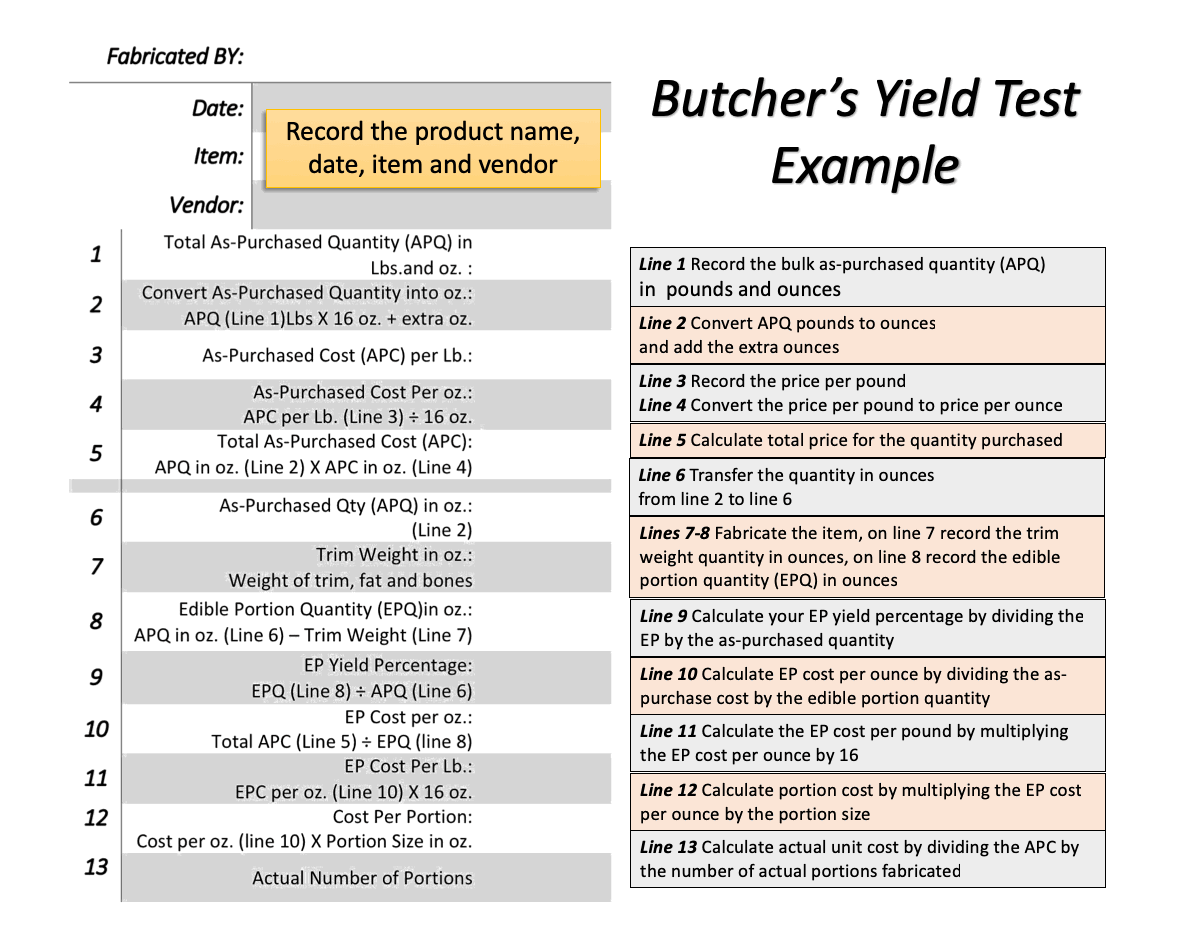Butcher’s Yield Test
A butcher’s yield test helps evaluate meat, fish, and poultry quality and yield. If you want to find the actual cost of a steak you are portioning from a subprimal cut, the as-purchased (AP) price you pay your supplier doesn’t always tell the whole story. So, a butcher’s yield can help you determine the actual cost, known as the edible portion (EP), and make the best decision when comparing various products from different vendors.
Say I am cutting filet mignons from beef tenderloin. I have options regarding how the tenderloin is trimmed and the size range. The tenderloin might be peeled of fat but include the side muscle, known as PSMO (or peeled, side muscle on). It might be trimmed and with the side muscle removed, but at a higher cost per pound. For example, tenderloins may also come in various weight ranges, 6-8 or 8-10 lb.
By performing a cutting yield test and comparing the EP costs, you can better understand the actual cost, which is helpful when setting menu prices. A butcher’s yield test is also a valuable training tool for your staff. If you know how much typical yield you should get on steaks or fish and fall short of that average, maybe the meat cutter needs further training. It may also lead you to decisions like purchasing portion-cut steaks or fish, especially if you aren’t using the trim or bones in other preparations.
Click Here for a sample Butcher’s Yield form
Calculating Edible Yield
The edible portion is the yield after the product is trimmed for use. Begin by weighing the product before cleaning. Trim, fabricate, and portion the product. Weigh the edible portion and divide it by the AP weight. This will give you a percentage.
Formula
EP weight/AP weight = EP percentage (%)
Example
Green Beans – 4 Lb. EP/5 Lb. AP = 80% EP Yield.
Calculating the AP Quantity Based on EP Percentage
Food purchasing often requires AP calculations based on EP yield. If 80 - 4 oz. portions are desired with a product yield of 70%; the formula would look like this:
Formula Example
EPQ/Yield Percentage = APQ.
Portion Size X Number of Portions = Total EPQ needed.
4 oz. portions X 80 portions = 320 oz.
320 oz. / 16 oz. (amount in 1 Lb.) = 20 Lb.
20 Lb. /.70 (70%) = 28.6 Lb.
Round up to 30 Lb.
Trim & Waste
All food operations have waste and trim that must be factored into business costs. Wasting resources, whether food, labor, or utilities, wipes out profit, and theft is a significant reason why food operations fail. The job of a good chef is to manage resources and minimize waste by monitoring usage and keeping detailed records.
Useable trim has value for a food service operation. A creative chef finds ways to use trim and leftovers. Using trim and leftovers adds to the bottom line. Reducing waste and repurposing leftovers also saves by lowering costs for waste removal.
Vegetable trim can be used in stocks
Meat scraps can be used in ground meats or for stock preparation
Oil and fat can be recycled
Compost unusable vegetable trimmings


